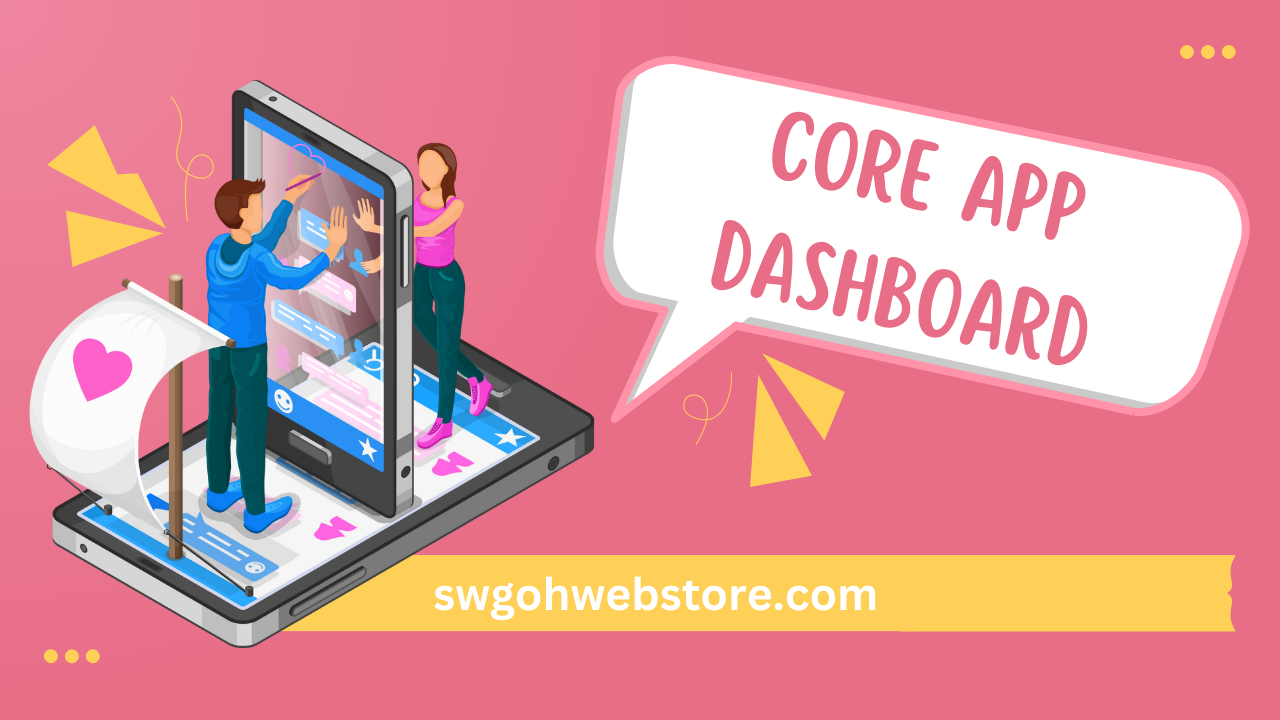Core app dashboard
A core app dashboard serves as a crucial interface in applications, offering users a unified view of essential metrics, data, and functionalities. These dashboards are fundamental for monitoring performance, making informed decisions, and enhancing the overall user experience. This article explores the key features, benefits, and best practices for creating and using a core app dashboard.
Key Features of a Core App Dashboard
- Real-time Data Monitoring
- Real-time data monitoring allows users to track updates and changes as they happen. This feature is essential for applications that rely on timely information, such as financial services, logistics, and customer support systems.
- Customizable Widgets and Layouts
- The ability to customize is crucial for any efficient dashboard. Users should have the flexibility to adjust widgets, rearrange layouts, and personalize their views to meet their specific needs.
- User-Friendly Interface
- A clear and easy-to-navigate interface is vital for user engagement. A well-designed dashboard should be easy to use, even for individuals with limited technical skills, ensuring broad accessibility.
- Data Visualization Tools
- Visualization tools such as charts, graphs, and heat maps help users quickly understand complex data. Effective visualizations assist in identifying trends, patterns, and anomalies.
- Integration with Other Systems
- A core app dashboard should seamlessly integrate with other tools and systems, allowing data consolidation from various sources to provide a comprehensive view of all relevant information.
Benefits of Using a Core App Dashboard
- Improved Decision-Making
- Access to real-time, comprehensive data enables more informed and timely decisions, enhancing overall business performance and outcomes.
- Enhanced User Experience
- A well-designed dashboard improves the user experience by providing quick access to critical information and simplifying complex data sets.
- Increased Productivity
- Centralizing key metrics and tools in one interface saves users time and effort, leading to increased productivity and efficiency.
- Centralized Data Management
- Dashboards facilitate centralized data management, reducing the risk of errors and ensuring consistency across the application.
Designing an Effective Core App Dashboard
- Understanding User Needs
- Perform in-depth research to grasp the requirements and preferences of your intended audience.This understanding should guide the design and functionality of the dashboard.
- Prioritizing Key Metrics
- Identify and prioritize the most critical metrics that need to be displayed.
- Minimize unnecessary details by concentrating on key data points.
- Ensuring Accessibility and Responsiveness
- Ensure that the dashboard is accessible on various devices and responsive to different screen sizes. This flexibility is crucial for modern, on-the-go users.
- Regular Updates and Maintenance
- Regularly update the dashboard to incorporate user feedback, fix bugs, and add new features. Maintenance is key to keeping the dashboard relevant and effective.
Popular Core App Dashboard Tools
- Overview of Top Tools in the Market
- Several tools are available for creating and managing core app dashboards. Some popular options include Tableau, Microsoft Power BI, and Google Data Studio.
- Comparison of Features and Pricing
- When choosing a dashboard tool, consider factors such as ease of use, customization options, integration capabilities, and pricing to find the best fit for your needs.
Best Practices for Core App Dashboard Development
- Utilizing User Feedback
- Regularly solicit and incorporate user feedback to improve the dashboard’s functionality and user experience.
- Focusing on Performance Optimization
- Optimize the dashboard for performance to ensure fast loading times and smooth operation, even with large data sets.
- Security Considerations
- Deploy strong security protocols to safeguard confidential information shown on the dashboard. This involves using encryption, implementing access restrictions, and conducting frequent security assessments.
- Future-Proofing Your Dashboard
- Design the dashboard with scalability and future updates in mind. This approach ensures that the dashboard remains relevant and effective as your application evolves.
Conclusion
In conclusion, a core app dashboard is an essential tool for any application, providing users with a centralized, real-time view of key metrics and data. By focusing on user needs, prioritizing key metrics, and ensuring accessibility, you can design an effective dashboard that enhances decision-making, user experience, and productivity. Keep your dashboard updated, secure, and scalable to ensure long-term success and relevance.










